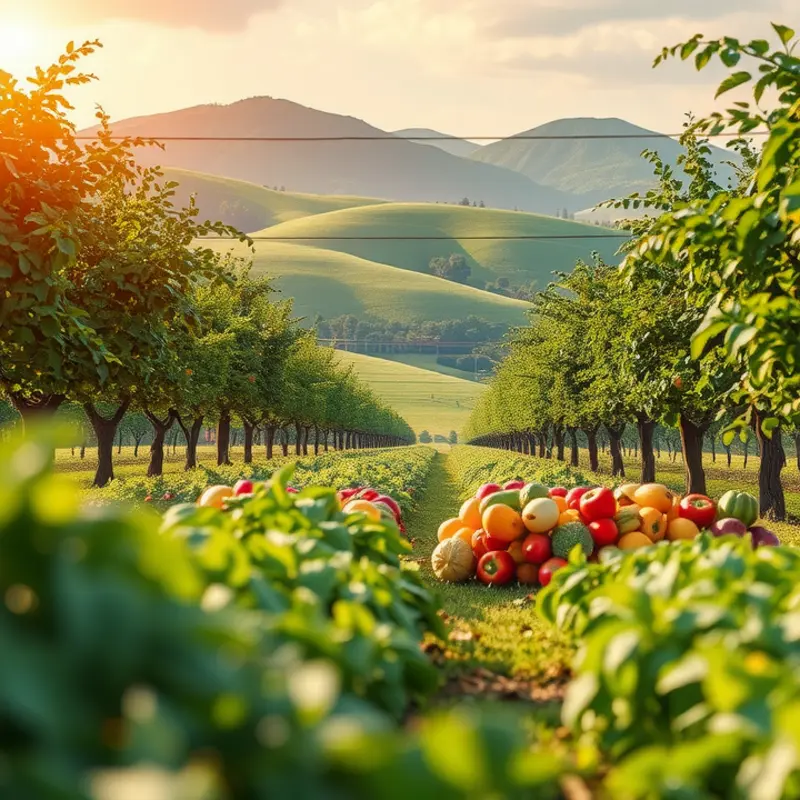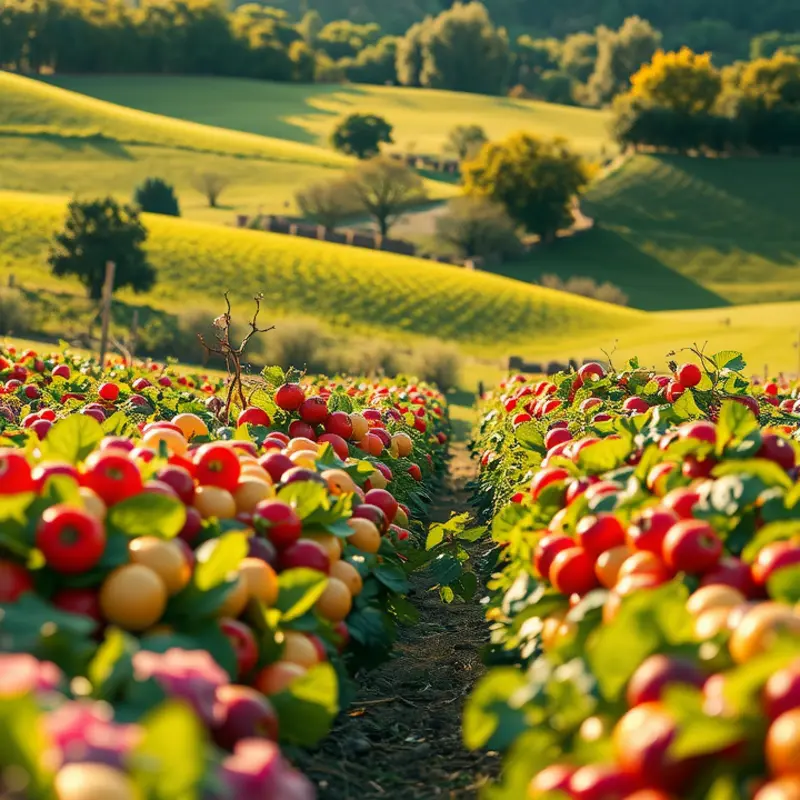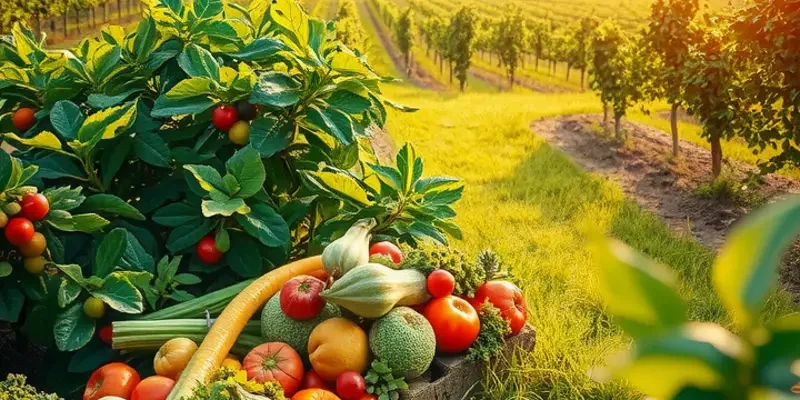Finland’s culinary landscape is a lovely tapestry woven from its natural resources, cultural influences, and reverence for seasonal ingredients. Rooted in traditions that have evolved through centuries, Finnish cuisine offers a fascinating glimpse into a society where food tells stories of the past while respecting the environment. From the wild foraging of mushrooms and berries to centuries-old preserving techniques, Finnish food traditions invite enthusiasts and the culturally curious to partake in the richness of this Northern European cuisine.
Foraging: The Heart of Finnish Cuisine

Foraging is a fundamental aspect of Finnish cuisine, deeply embedded in the country’s culture and lifestyle. It involves gathering wild foods, such as mushrooms and berries, that flourish abundantly across Finland’s vast forests and countryside. This practice is not merely about sourcing ingredients but is a cherished connection to nature’s rhythm and cycles.
The Finns’ love for foraging is a reflection of their respect for the land and its offerings. With over two-thirds of the country covered in forests, the opportunities for foraging are vast and varied. Wild mushrooms, like chanterelles and boletus, thrive in these lush, verdant spaces. Meanwhile, blueberries, lingonberries, and cloudberries add bursts of color and flavor on sunnier clearings. These ingredients are celebrated in both home cooking and the haute cuisine scenes of Finland.
The jokamiehenoikeus, or “everyman’s right,” is an age-old Finnish principle that grants everyone the freedom to roam the land and enjoy its bounty. This right allows foragers to collect wild foods freely, making the practice accessible and integral to the populace. It underlines the communal relationship with nature and the shared responsibility to maintain its balance.
Seasonal harvesting is not just an activity but an ethos in Finland. The changing seasons dictate when specific ingredients can be foraged, encouraging a diet aligned with nature’s calendar. During late summer and autumn, forests become treasure troves of mushrooms, while berries peak in their sweetness and richness. These seasonal treasures are preserved, fermented, or turned into jams and juices, ensuring their availability throughout the unforgiving winter months.
Incorporating foraged foods into daily meals is common in Finnish homes. Berries are frequently used in delightful desserts and breakfast porridges, their inherent tang balancing the sweetness. Mushrooms find their way into creamy soups or sides, celebrating their earthy and complex flavors. In addition, a rising number of Finnish chefs are embracing these ingredients, integrating them into fine dining experiences. Foraged foods bring a sense of place and authenticity to dishes, offering diners a taste of Finland’s pristine wilderness.
For those interested in exploring how other cultures embrace natural resources in cooking, an exploration of vegetable boosting strategies reveals diverse ways to integrate nature’s produce into meals.
Ultimately, foraging in Finland is much more than collecting ingredients. It is a cultural practice that emphasizes sustainability, respect, and connection to nature’s untamed beauty. This deep-rooted tradition brings to life the Finnish ethos of appreciating and preserving the gifts of the land, one mushroom and berry at a time.
Festive Flavors: Seasonal Celebrations in Finnish Cuisine

Festivals in Finland are rich tapestries of tradition, culture, and shared culinary experiences. Each celebration, from the radiant sunlight of Midsummer to the cozy embrace of Christmas, showcases dishes imbued with Finland’s unique heritage.
The Midsummer, or ‘Juhannus’, revels in nature’s bounty, marking a time when the sun barely dips below the horizon. Celebrants often gravitate towards lakes and forests, indulging in communal meals cooked over an open flame. A signature dish during this time is grillattu lohi, or grilled salmon, often accompanied by freshly harvested new potatoes and dill. This dish reflects the Finnish reverence for the natural world, where the simplicity of high-quality, local ingredients speaks volumes.
Another quintessential Midsummer tradition is preparing gravlax. This cured salmon, marinated with dill and sugar, captures the freshness of the season. It embodies the Finnish penchant for preservation techniques, a practice rooted in their agrarian past when summer’s abundance had to be savored throughout the darker months.
Rye bread holds a special place in Finnish cuisine and festive tables alike. This dense, hearty bread, known as ruisleipä, is a staple throughout the year, often enhanced with butter or accompanying soups and stews. During festive occasions, its presence is almost ceremonial—acknowledging Finland’s agricultural backbone and the simple pleasures that sustain it.
Christmas in Finland offers a stark contrast to the vibrant days of Midsummer. Marked by long nights and snow-draped landscapes, the holiday season is a time for warmth and indulgence. The Christmas feast, or joulupöytä, is a lavish spread featuring kinkku (Christmas ham), various casseroles, and the spiced delight of glögi, a mulled wine infused with cloves and cinnamon. This beverage, shared among friends and family, epitomizes the convivial spirit of Finnish Christmas.
Pastries also weave into the fabric of Finnish festive fare. Lingonberry-filled pastries, such as lingonberry tarts, capture the essence of Finland’s forest treasures. These berries, tart yet sweet, are a natural symbol of the earthy beauty of Finnish landscapes. The act of baking and sharing these pastries strengthens community bonds, creating a shared experience that reverberates with local values and memories.
Finnish festive cuisine is not only a celebration of culinary skill but also a reflection of societal values and communal ties. Through the role of food, Finnish identity is both preserved and evolved, standing as a testament to the importance of tradition, even as modern sensibilities emerge.
For readers interested in how different cultures celebrate with distinct foods, exploring vegetarian traditions across the globe can provide insightful parallels to Finland’s approach. Explore vegetarian traditions
Final words
Finnish food traditions reflect a deep respect for local ingredients, seasonal cycles, and the rich natural landscape. The emphasis on foraging connects the community to its roots, while festive culinary practices showcase the joy of sharing meals that resonate with culture. Each time you savor a Finnish dish, you partake in a narrative steeped in tradition and abounding with flavors. For those captivated by the simplicity and depth of cuisine, exploring what Finland has to offer can be a delightful journey into a culinary world that cherishes the gifts of nature.








